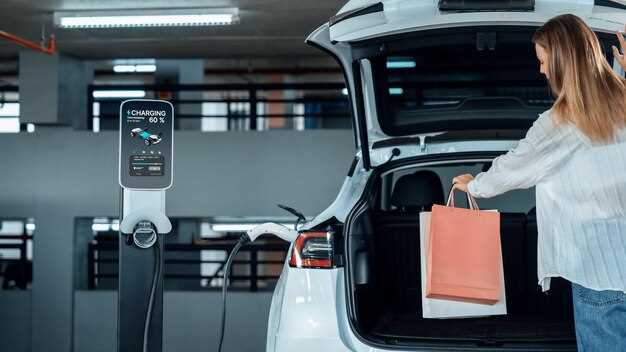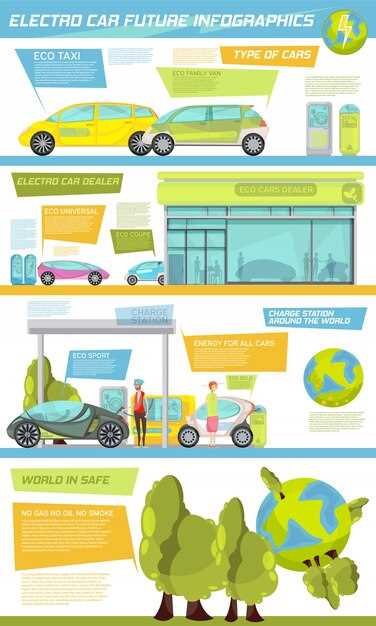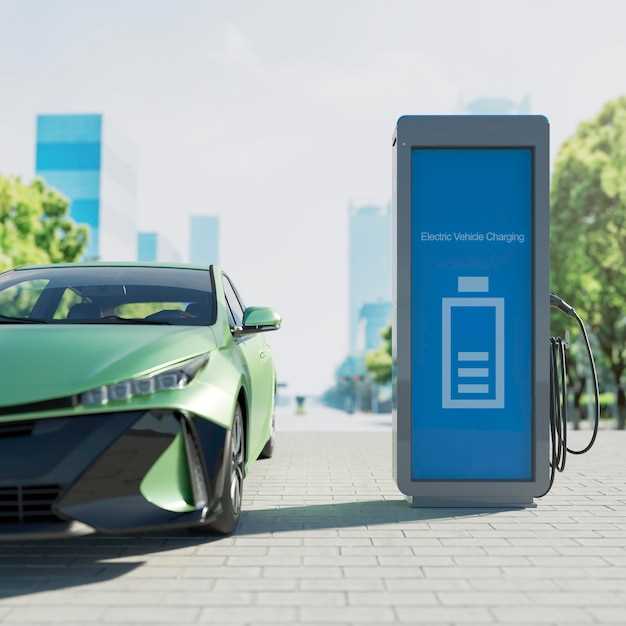
Toyota has long been a leader in the automotive industry, and as the demand for sustainable transportation solutions grows, the company is set to make significant strides in electric vehicle (EV) development. With ambitious plans to enhance its electric vehicle lineup by 2030, Toyota aims to redefine its role in the evolving automotive landscape while prioritizing sustainability.
The company’s strategy revolves around a comprehensive plan to expand its battery electric vehicle portfolio, introducing an array of new models that cater to diverse consumer needs. This initiative not only emphasizes the transition from traditional combustion engines but also highlights Toyota’s commitment to reducing carbon emissions and promoting environmental sustainability.
As part of its vision for 2030, Toyota is investing heavily in research and development to improve battery technology and charging infrastructure, ensuring that EVs become more accessible and convenient for drivers. By accelerating the production of electric vehicles, Toyota is positioning itself as a key player in the global shift towards sustainability and energy-efficient transportation solutions.
Key Features of Toyota’s 2030 EV Lineup

Toyota’s 2030 EV lineup is designed with a strong emphasis on sustainability and innovation. One of the key features is the integration of advanced battery technology, which aims to enhance energy efficiency and reduce charging times. This advancement will support longer driving ranges, addressing one of the major concerns of potential electric vehicle (EV) buyers.
Another significant aspect of Toyota’s plan is the implementation of a modular platform. This platform will allow for greater flexibility in vehicle design, enabling the production of a diverse range of EV types, from compact cars to larger SUVs. This versatility is crucial in meeting varied consumer preferences and increasing market penetration.
Sustainability is at the core of Toyota’s vision, as evidenced by their commitment to using eco-friendly materials in vehicle manufacturing. These materials not only minimize environmental impact but also contribute to the overall lifecycle sustainability of the vehicles. Furthermore, Toyota plans to incorporate renewable energy solutions into their production processes, reinforcing its dedication to reducing carbon footprints.
The 2030 lineup will also feature advanced connectivity options, allowing seamless integration with smart devices and infrastructure. This connectivity will enhance the driving experience by providing real-time information on traffic conditions, charging stations, and vehicle performance. Such innovations are expected to make EVs more user-friendly and appealing to a broader audience.
Lastly, Toyota’s strategy includes a robust network of charging solutions, designed to ease the transition for consumers. The establishment of fast-charging stations nationwide will facilitate long-distance travel and promote the adoption of electric vehicles. Overall, Toyota’s 2030 EV lineup aims to set new standards in sustainability, performance, and user experience in the electric vehicle market.
Investment Strategies for Sustainable EV Production

As Toyota outlines its ambitious plan for electric vehicle (EV) expansion by 2030, it becomes crucial to identify effective investment strategies that support sustainable production. Prioritizing research and development (R&D) is essential. Allocating significant funds toward R&D will enable the discovery of innovative technologies that enhance battery efficiency and longevity, ultimately reducing production costs while increasing vehicle performance.
Another strategy involves building partnerships with key suppliers and new startups focused on sustainable materials. By investing in companies that specialize in recycled and eco-friendly materials, Toyota can lower its environmental impact and improve the overall sustainability of its EVs. Facilitating collaboration with these partners through joint ventures can result in cost-sharing innovations, making the transition to sustainable production more feasible.
Furthermore, diversifying investment portfolios to include renewable energy projects is vital. By utilizing solar and wind energy sources in manufacturing plants, Toyota can significantly reduce its carbon footprint. Investments in energy-efficient technologies and practices will not only align with consumer expectations but also potentially decrease operational costs over time.
In addition, Toyota should consider investing in local battery production facilities to minimize supply chain disruptions and transportation emissions. This approach supports regional economies and helps ensure a steady supply of critical components needed for EV production. Implementing a circular economy model where battery materials are reused and recycled will further enhance sustainability and reduce reliance on raw material extraction.
Lastly, expanding community engagement initiatives can foster a positive brand image and attract environmentally conscious customers. Investing in educational programs about the benefits of EVs and sustainable practices contributes to market growth and builds a loyal consumer base. By integrating these strategies, Toyota can effectively position itself as a leader in the sustainable EV sector, driving forward its plan for 2030 with resilience and environmental responsibility.
Challenges and Solutions in Toyota’s Path to EV Market Leadership
Toyota, a leader in the automotive industry, faces several challenges in its ambitious plan to expand its electric vehicle (EV) presence by 2030. One significant challenge is the rapid pace of technological advancement in battery technology. Competitors are investing heavily in solid-state batteries, which promise higher efficiency and shorter charging times. To address this, Toyota is ramping up its research and development efforts, aiming to introduce advanced battery technologies that can compete with newly emerging solutions.
Another hurdle is the shifting consumer perception towards EVs. Many potential customers still have concerns regarding the range, charging infrastructure, and overall usability of electric vehicles. To mitigate this issue, Toyota is engaging in extensive marketing campaigns that highlight the benefits of EVs, alongside collaborations with governments and private sectors to expand charging networks. This initiative aims to improve accessibility and ease concerns related to vehicle range.
Additionally, Toyota needs to streamline its supply chain to ensure the availability of critical components, especially semiconductors and battery materials. Given recent global shortages, the company is looking into vertical integration, securing strategic partnerships with suppliers, and investing in recycling technologies to create a sustainable supply chain for EV production.
Lastly, competition within the EV market is intensifying, with new startups and established automakers launching innovative models. To maintain its competitive edge, Toyota is focusing on differentiating its EV offerings through unique features, enhanced safety measures, and user-friendly technologies. By harnessing its expertise in hybrid technology, the company plans to leverage synergies that could position its EVs as desirable alternatives.
In summary, while Toyota encounters numerous challenges on its path to EV market leadership, proactive strategies in technology development, consumer engagement, supply chain management, and product differentiation will be crucial in executing its plan to dominate the electric vehicle landscape by 2030.




